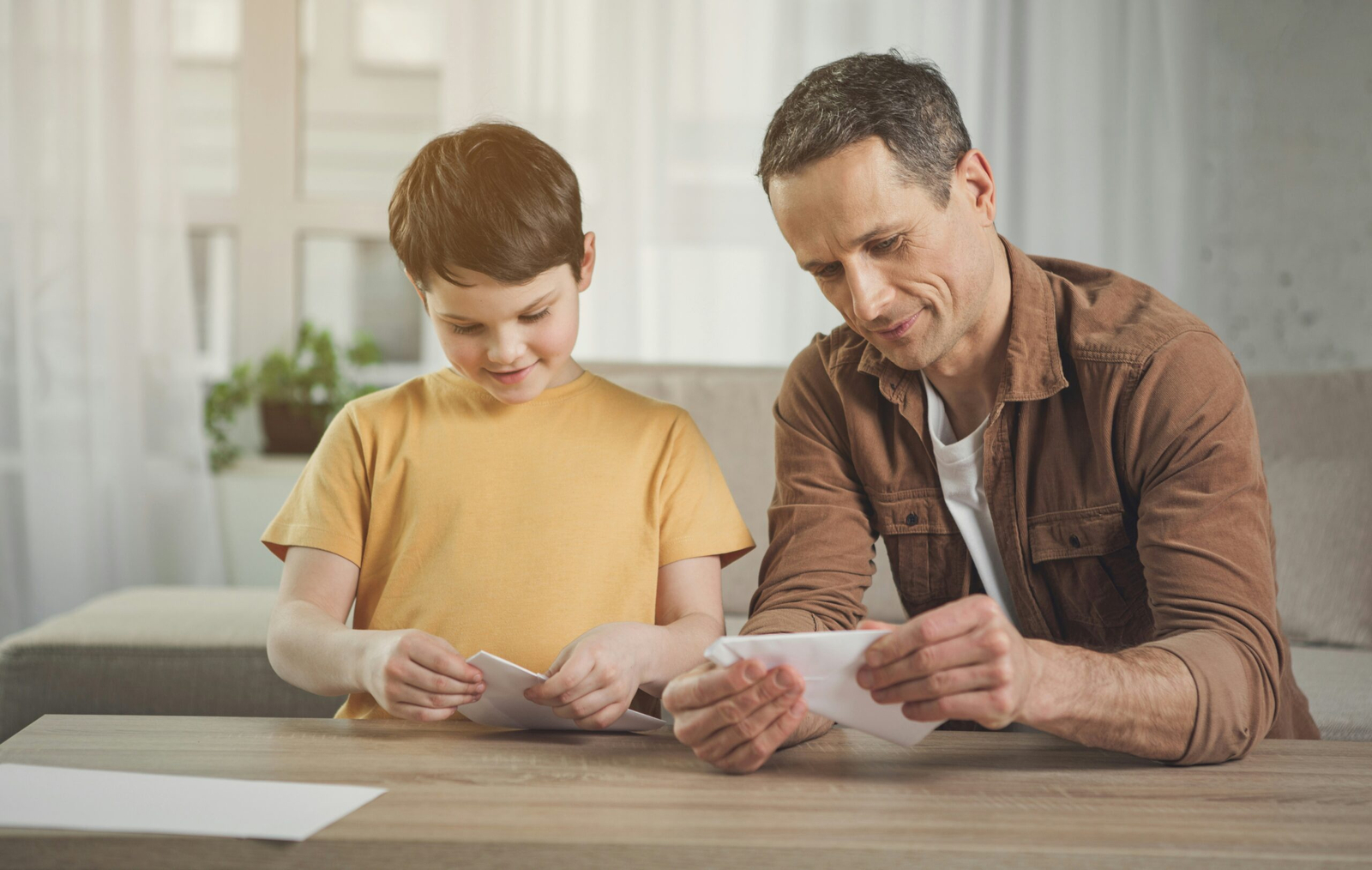President Biden’s student loan forgiveness plan is set to end by September 1 and there is bound to be significant changes. The plan aimed to provide relief to millions of borrowers particularly,students taking federal loans. However with its deadline coming up, students will experience a shift that could impact the future of student debt relief.
What is the impact of the supreme court’s decision on student forgiveness
If the supreme court approves the student loan forgiveness program, it will not apply to all student loan borrowers. The eligibility will be limited to borrowers with federal held loans, so students or borrowers who obtain private loans will not be eligible. Additionally, income limits will also be considered for each student. For instance, individuals who earn less than $125,000 every year, and married couples or heads of households earning less than $250,000, can possibly gain up to $10,000 in forgiveness. Borrowers who received federal Pell Grants during their college years may be eligible to receive up to $20,000 in loan forgiveness.
However, if the program is not approved by the supreme court, borrowers will have to resume payments on their student loans without expecting any kind of forgiveness or relief on their loan debt. That means, instead of loan forgiveness, interest on federal student loans will resume on September 1, 2024, and payments will be due starting in October for all borrowers.
Legal challenges to student loan forgiveness program
There are two legal challenges to the student loan forgiveness program. The first, is a lawsuit filed by six Republican-led states, arguing that the Department of Education has overstepped its authority with the program.
The second challenge, brought by two individual borrowers, argues that they were denied the opportunity to comment on the program before it was implemented.
These two legal challenges have, unfortunately, put the student loan forgiveness program on hold, leaving millions of borrowers in limbo. Regardless, the Biden administration approved 16 million applications for debt relief.
According to a report from Inside Highered “ In an order issued earlier this month, the Eighth Circuit blocked the Biden administration from forgiving any loans or interest for borrowers enrolled in the repayment plan known as Saving on a Valuable Education, or SAVE, which was designed to make payments more affordable and offer some borrowers a quicker pathway to forgiveness. That included changing the payment calculation so that low-income borrowers have payments of $0 a month. Prior to the court order, about four million borrowers were benefiting from this change”.
What borrower can expect after September 1
Borrowers should prepare to repay their loans. Even if the supreme court approves the loan forgiveness program and it moves forward, not all debts will be canceled.
For borrowers who still owe money after receiving due forgiveness, you will see your monthly payments recalculated under your repayment plans.
For those on income-driven repayment plans, your payments will be based on household income and family size, so there may be no significant change in your monthly repayment amounts.
If you don’t qualify for the student loan forgiveness, you will have to plan on how to repay your loans. Analyze your payment options carefully taking into consideration your finances.
What to do before September 1
As the September 1 deadline approaches, borrowers should ensure to stay informed about the Supreme Court’s decision and any available updates from the Department of Education. Prepare for the resumption of your repayments, explore your eligibility for new repayment plans, and consider options like payment refunds. These steps will help you to seamlessly navigate through your student loan repayment with minimal difficulties and associated financial burden.

